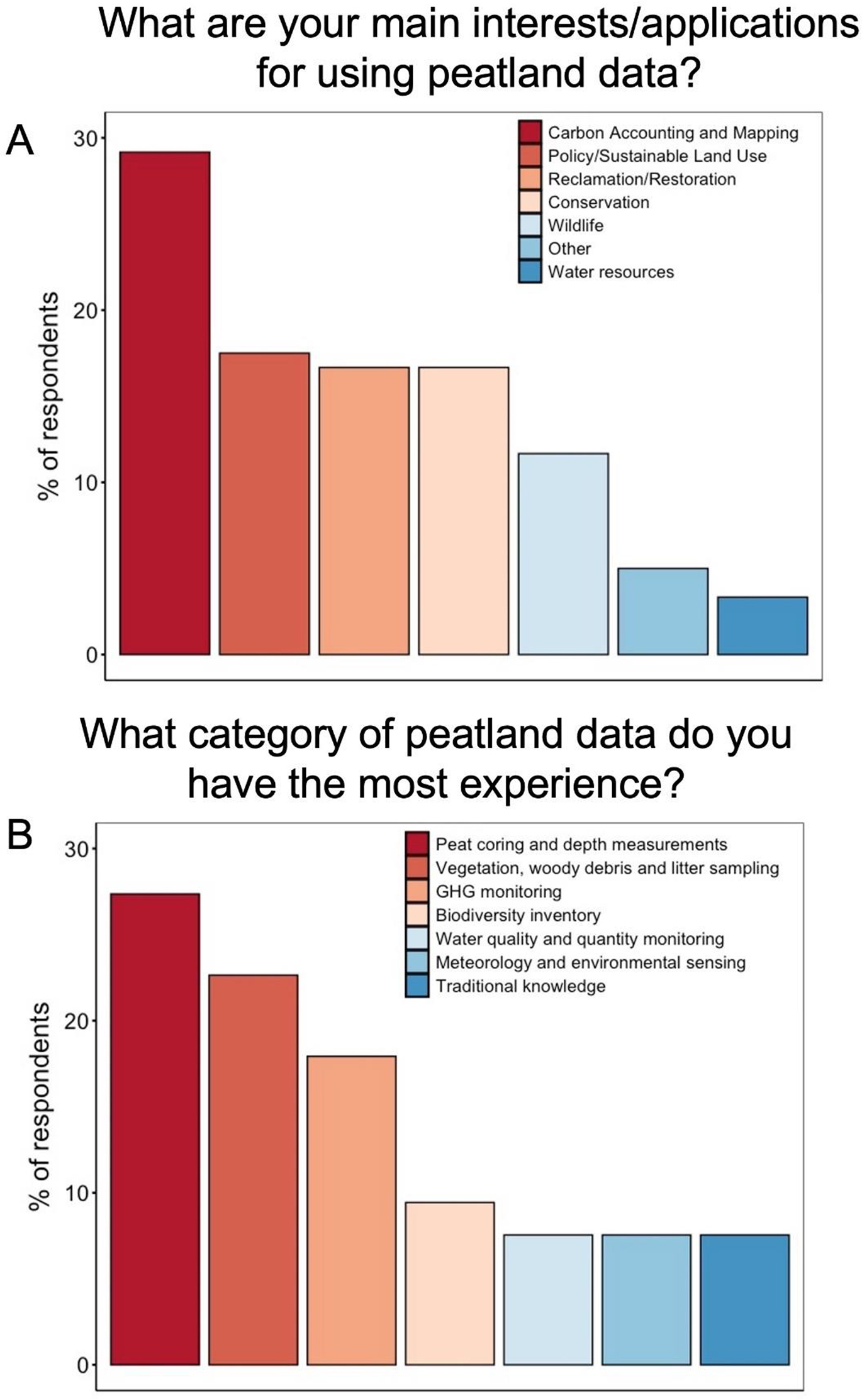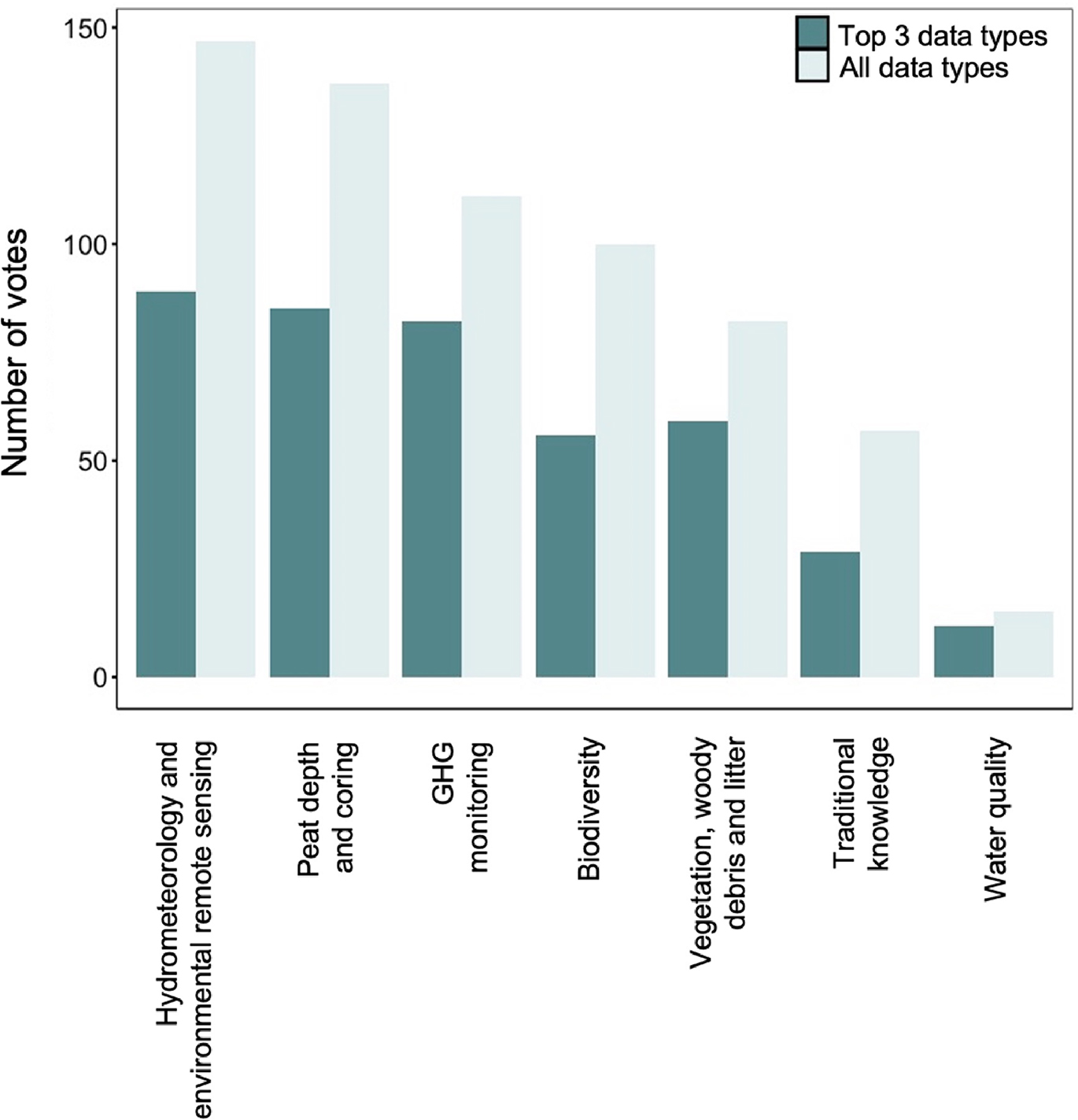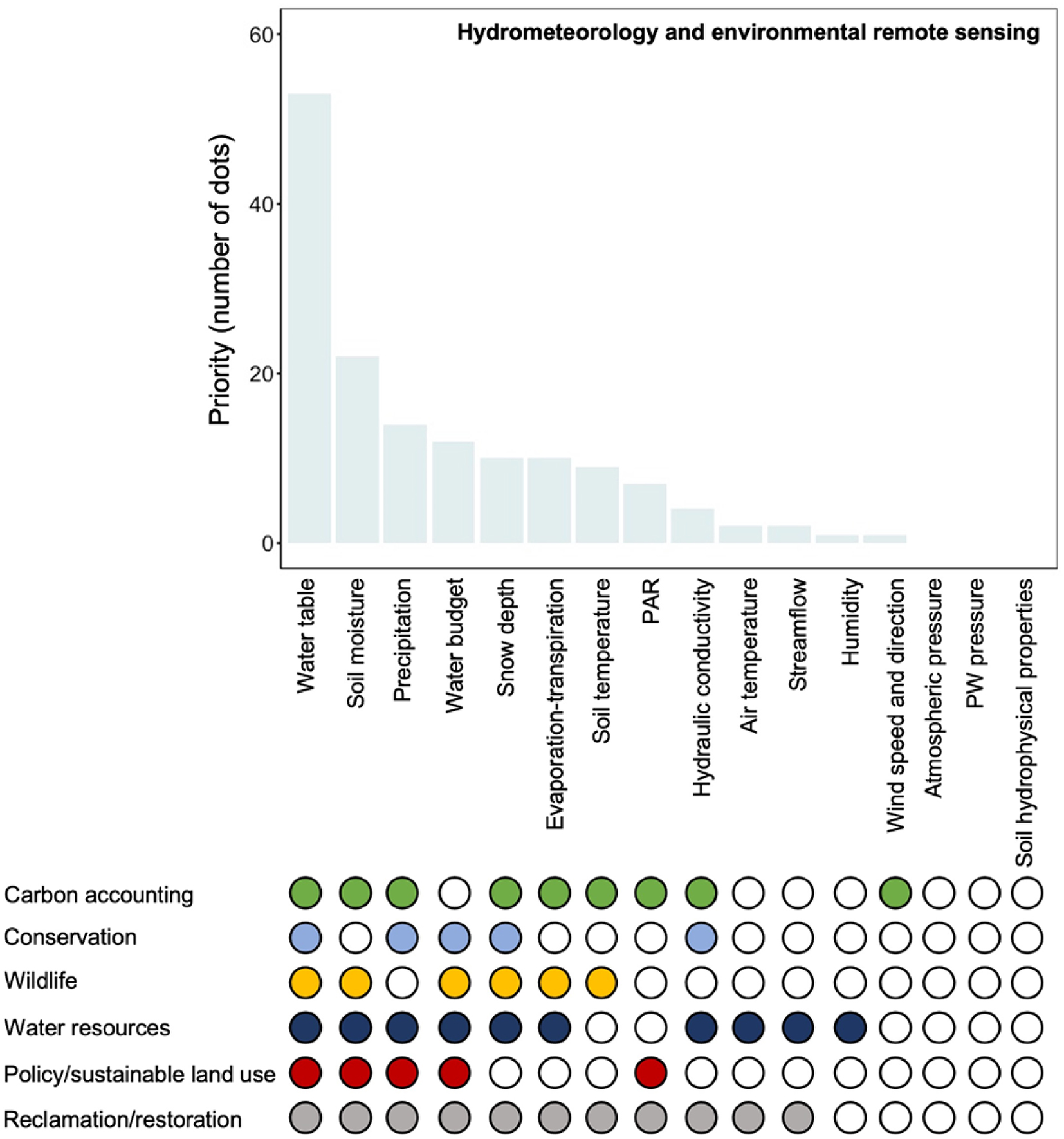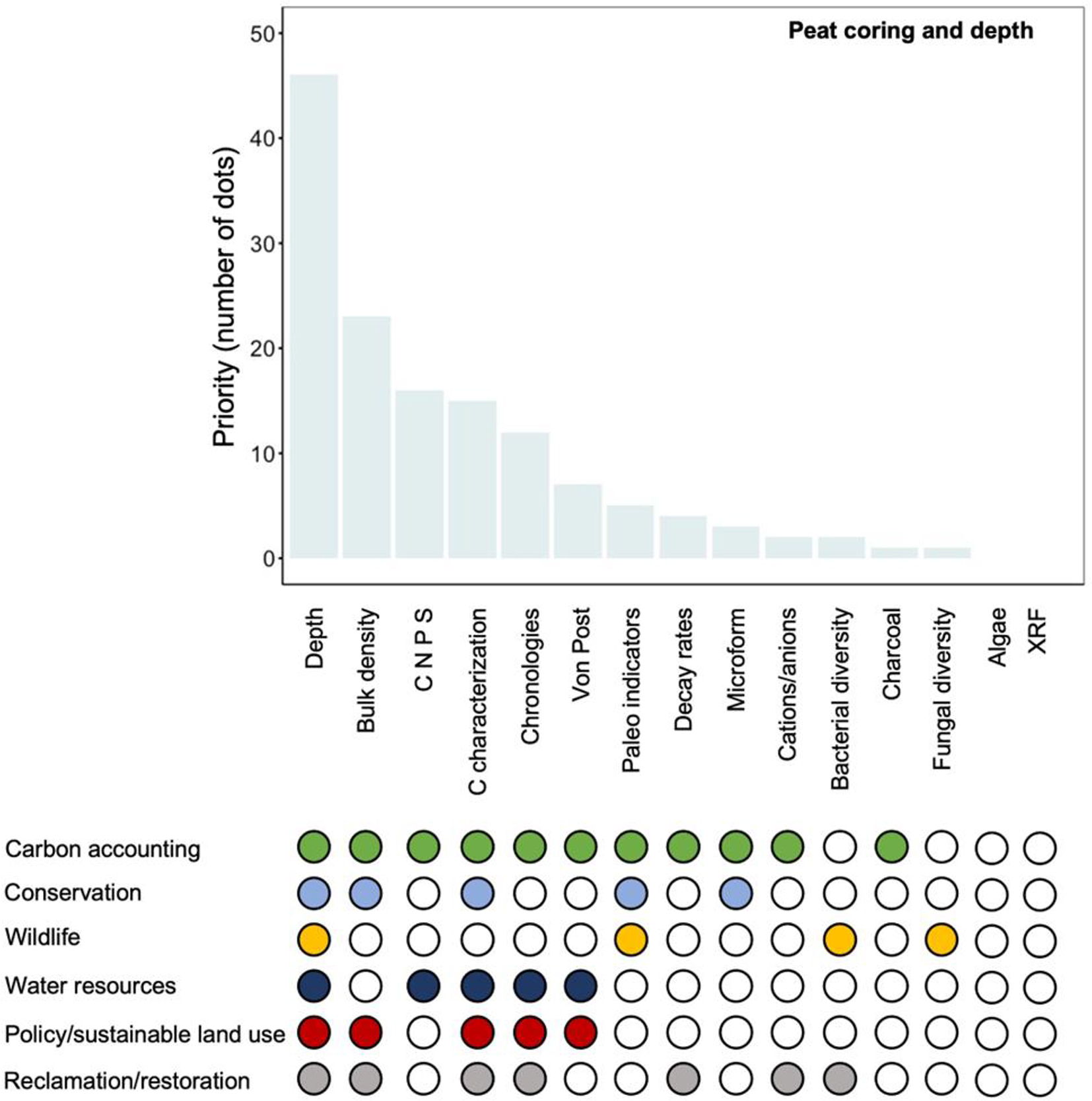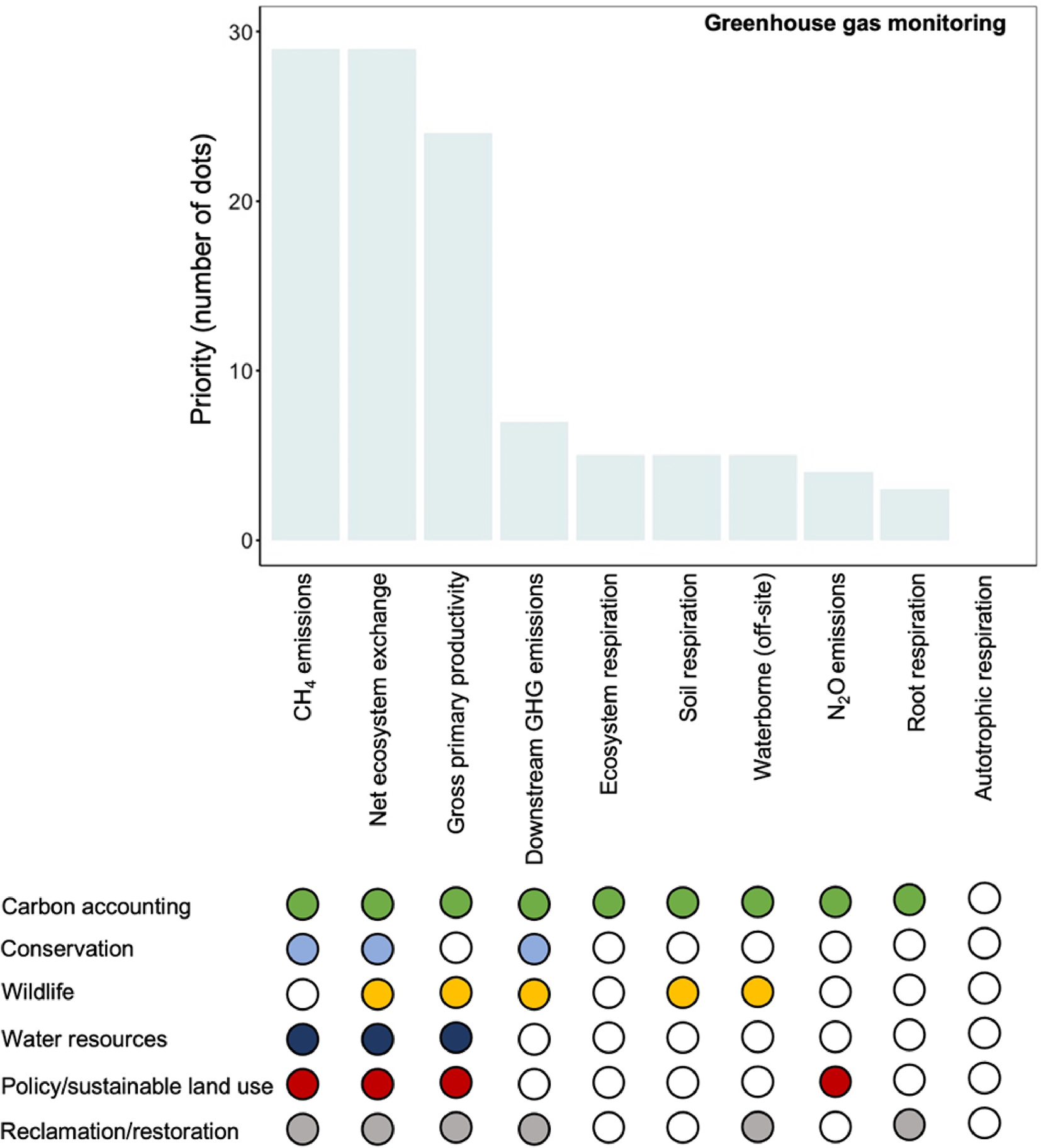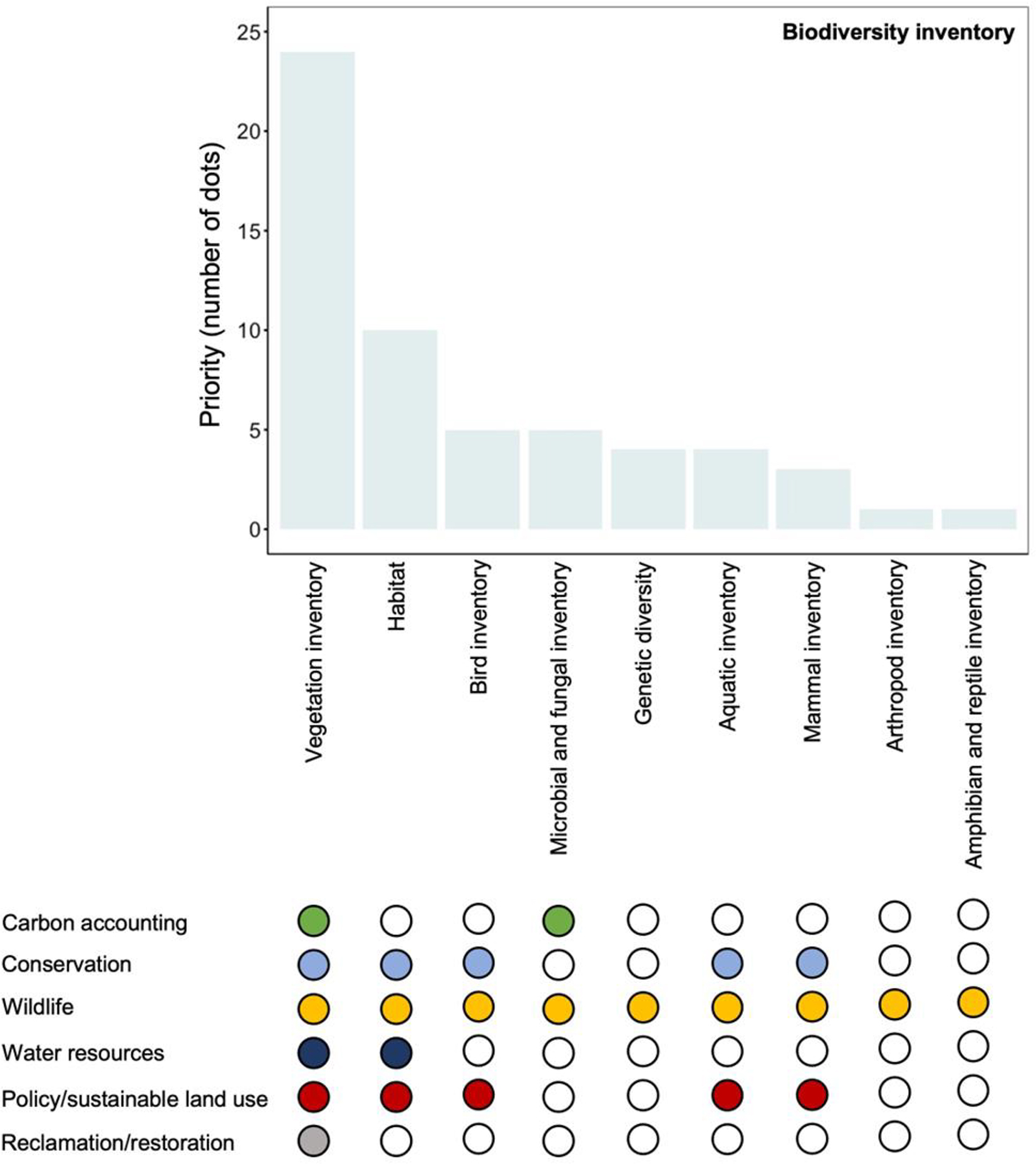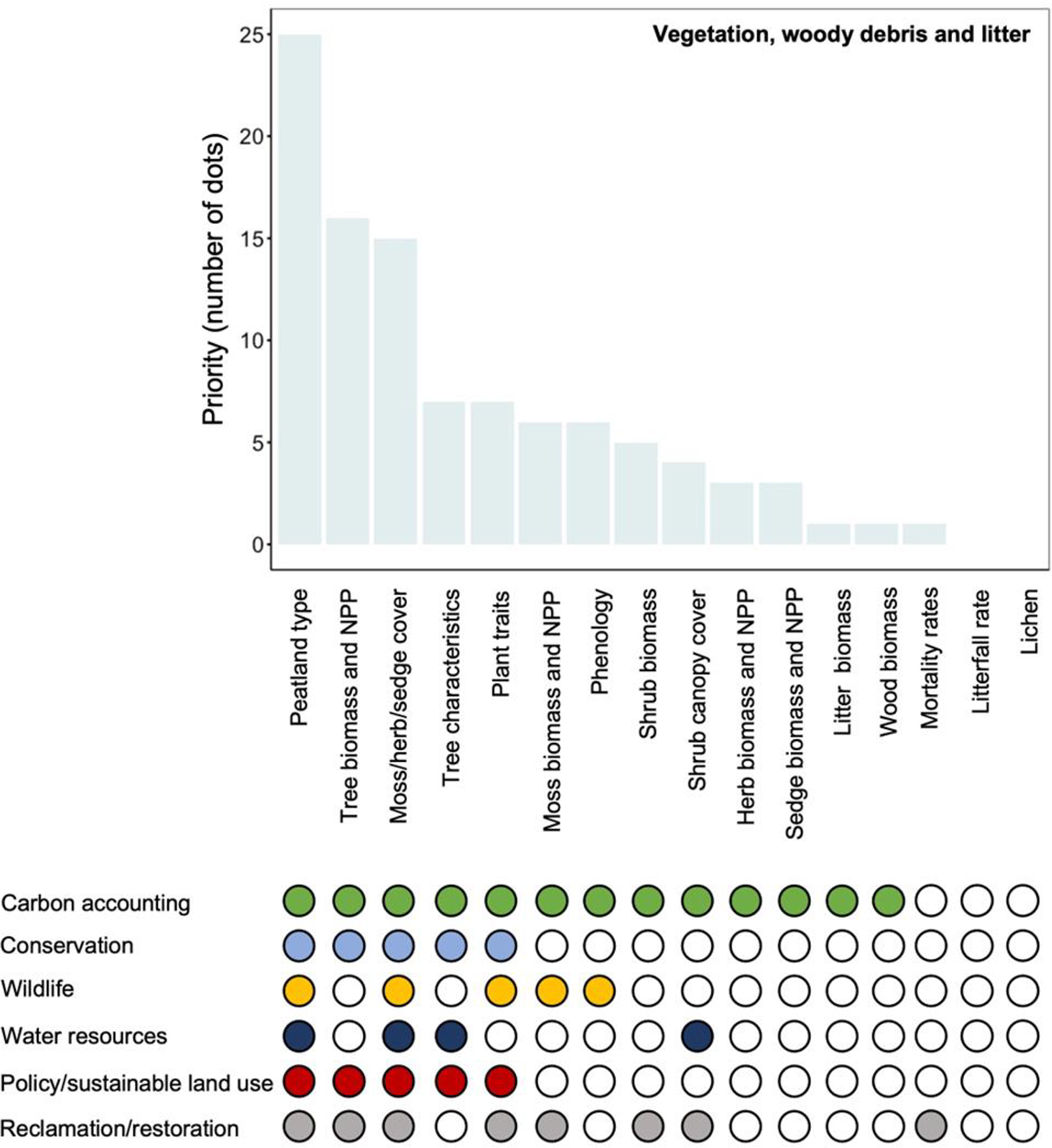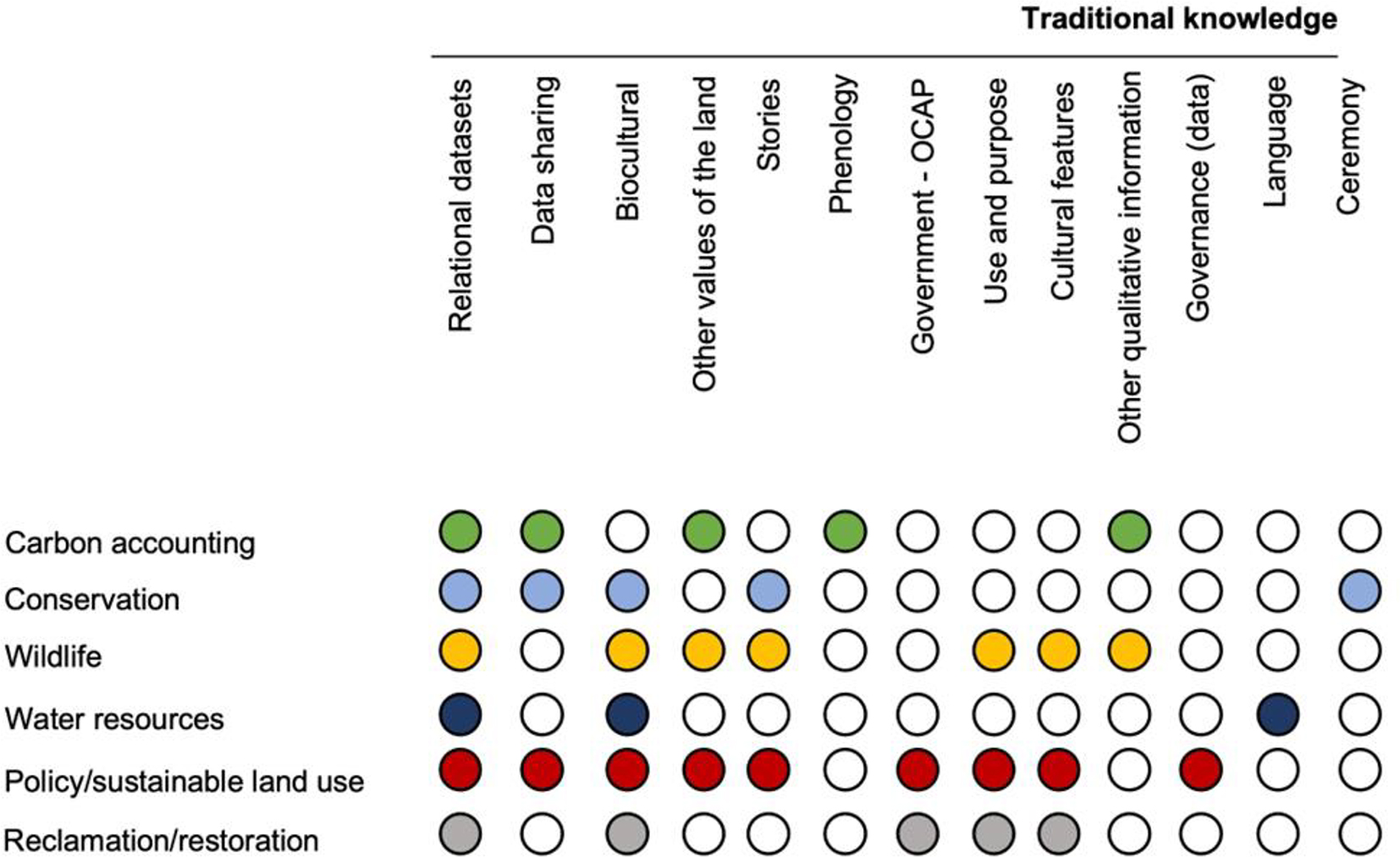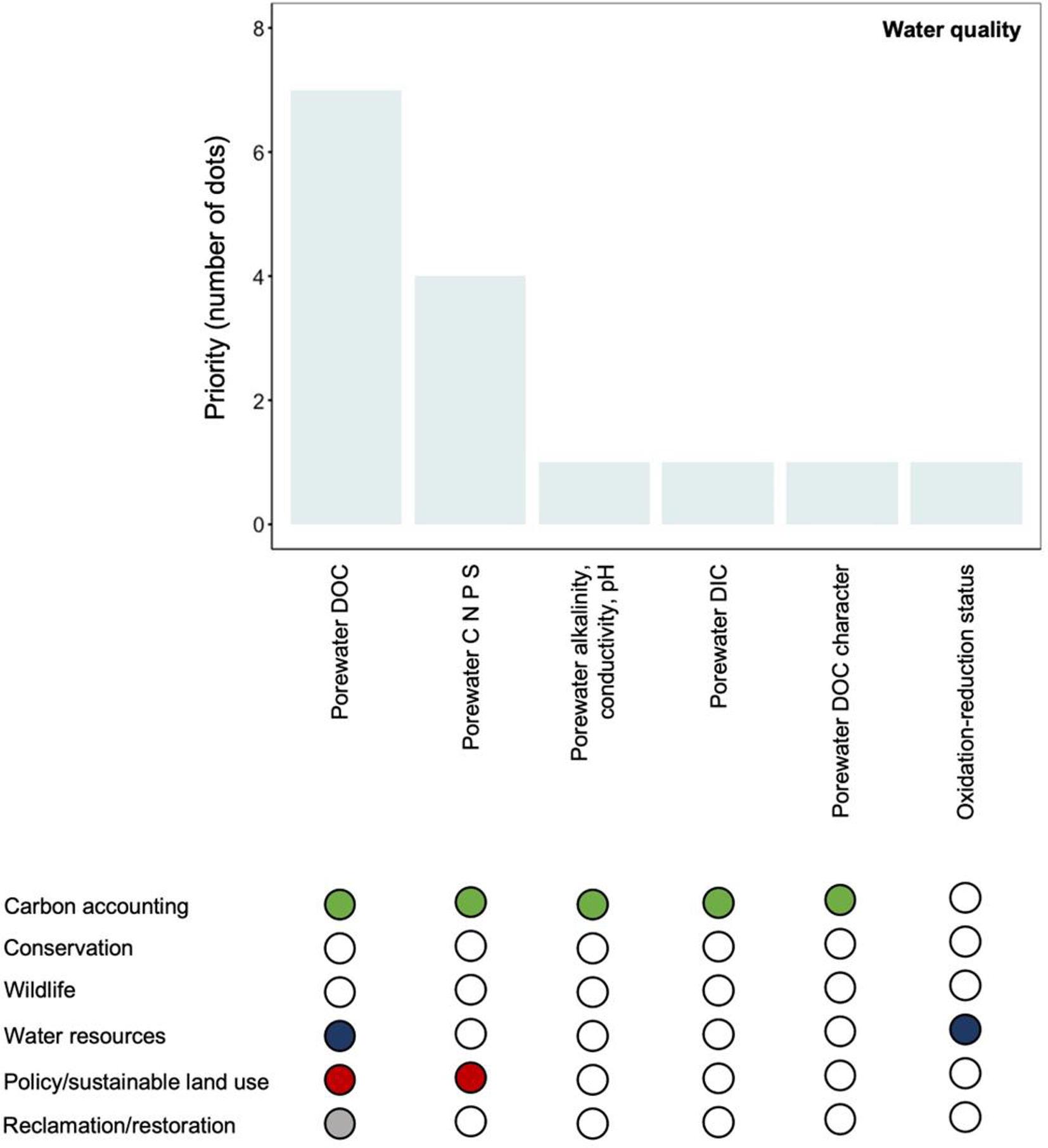1. Introduction
Peatlands are wetland ecosystems that have accumulated partially decomposed organic material, i.e., peat, to a thickness of at least 40 cm in Canada (
NWWG 1997). There is growing recognition of the important role that peatlands play in ecosystem service provision, including contributions to climate regulation, biodiversity support, water resource management, water quality protection, and nutrient cycling (
Frolking and Roulet 2007;
Minayeva and Sirin 2012;
Leifeld and Menichetti 2018;
Xu et al. 2018;
Taillardat et al. 2020). Peatland protection and restoration have been cited as important actions to meet commitments under both climate action and biodiversity protection strategies (
Joosten 2015;
IUCN 2021;
UNEP 2022). Despite this role, peatlands are facing many threats, such as drainage for agriculture, forestry and peat extraction, excavation during mining activities, and climate change-induced disturbances, such as permafrost thaw, and greater frequency and severity of droughts and wildfires (e.g.,
Harris et al. 2022). These threats are particularly apparent at high latitudes where climate warming is proceeding at a rate much higher than the global average (
IPCC 2021) and where resource extraction is also expanding (e.g.,
Wang et al. 2020). Therefore, decisions about where to prioritize specific peatland management actions will need to be made in an era of change, in terms of changes not only to the physical environment but also changes in values and policy frameworks (e.g.,
Brown 2020;
Moxey et al. 2021).
Knowledge and data on current peatland ecosystem functions and services, future threats, and opportunities for peatland conservation are required to support evidence-based decision-making on peatland management and stewardship (
Reed et al. 2022). This is particularly relevant in a Canadian context given that Canada is home to one-quarter of the world's peatlands, 98% of which remain in a relatively intact state (
Rochefort et al. 2022), but also where less than 10% have formal protection (
Harris et al. 2022). Given Canada's vast peatland area, appropriate management will be important for the country to meet commitments under multinational environmental agreements and national climate action and biodiversity goals. For example, avoided peatland conversion (i.e., keeping intact peatlands undisturbed) was estimated to result in greenhouse gas (GHG) emission reductions of 10.1 Mt CO
2-e in 2030, contributing 12% of calculated natural climate solutions for Canada (
Drever et al. 2021). Further, Canada has committed to conserving 30% of its land and water by 2030 (
Government of Canada 2023). This will require information to inform decisions to best support benefits to water resources, biodiversity, and climate (
Mitchell et al. 2021). Canada has also committed to support Indigenous-led conservation, e.g., Indigenous Protected and Conserved Areas, and to the goal of conservation in Canada as a path towards reconciliation (
TRCC 2015a,
2015b;
Indigenous Circle of Elders 2018;
Moola and Roth 2019).
Although Canada has a rich history of peatland research based on Western science (
Price et al. 2023), and a much longer memory of peatland conditions as Traditional Knowledge (
Cimellaro 2022), this information has been collected for specific purposes and often only at specific locations. As has been widely acknowledged, a lack of standardization in the collection of information and inconsistent reporting of results creates challenges for evidence-based decision-making (
Taylor et al. 2019;
Bansal et al. 2023). Comparing results among studies using disparate methods can result in high levels of uncertainty that limit the utility of the outcomes for informing policy and practice. For this reason, there are many examples of standardized data collection protocols that have been developed (e.g.,
Canadian Council of Ministers of Environment 2011;
Pastorello et al. 2020;
EPA 2023;
Magnan et al. 2024). As well, data that can be collected may be limited by many constraints, including cost, expertise, and site access (e.g.,
Nwaishi et al. 2015). For peatlands in Canada, their vast area, often remote location, and restrictive frozen conditions for a substantial part of the year all complicate field data collection. There is a need not only to standardize data and knowledge collection protocols but also to prioritize types of information and knowledge that can best meet management and policy goals while considering logistical constraints related to the methodology required.
As a tool to identify key metrics of peatland function, a workshop was organized in June 2023 in Quebec City, Quebec, Canada by the Global Peatlands Initiative (
https://www.globalpeatlands.org/), the Peatland Ecosystem Research Group (PERG
www.perg-gret.ulaval.ca), and the Can-Peat project (
https://uwaterloo.ca/can-peat/). Discussions were focused on the following themes:
1.
Applications and end uses/users of peatland data and knowledge.
2.
Types of data/knowledge that are most needed for these applications/end users.
3.
Collection methods for priority data.
4.
Coordinating peatland data collection and management.
Through these discussions, the end goal was to forge a path towards mobilizing new multidisciplinary research and collaboration as well as compiling and consolidating existing knowledge, data, and experience of Canada's peatlands.
2. Methods
To identify priority peatland data and information that would be useful for a range of management and policy goals, we compiled information from peatland experts across a range of disciplines and sectors in a workshop setting. A similar approach, sometimes referred to as expert elicitation, has been used in several environmental conservation and management prioritization exercises, including recent examples that focus on peatlands in other regions of the world (
Padfield et al. 2015;
Reed et al. 2022;
Rowland et al. 2023). This work occurred on the second day of the 2-day workshop that consisted of a plenary session on applications and end uses of peatland data and knowledge for decision-making, followed by breakout group discussions on collecting peatland data and knowledge. The day concluded with a group conversation to summarize and synthesize themes arising from the presentations and breakout groups.
2.1. Overview of the participants
Participants in the workshop reflected different interests and expertise in peatlands with the goal to gain insight from a range of potential users of peatland data and information. Most participants were from Canada, but some were from other countries (see Supplementary material Table S1). The participants generally were composed of researchers using Western science approaches, with interest predominantly in carbon accounting, policy or sustainable land use, reclamation/restoration, or conservation (
Fig. 1A). The expertise of the participants was primarily in the areas of peat coring and depth, vegetation, wood debris and litter, and GHG monitoring (
Fig. 1B).
2.2. Plenary session on applications and end uses/users of peatland data and knowledge for decision-making
The first part of the workshop had a panel of five speakers representing four different peatland themes related to academic science research, conservation, reclamation/restoration, and national synthesis and reporting. Each presenter discussed data needs, challenges, and opportunities specific to those themes. Michelle Garneau (UQAM) presented on the need and value of a comprehensive peatland database. Two speakers presented peatland conservation perspectives. Lorna Harris (Wildlife Conservation Society (WCS) Canada) presented on peatland policy initiatives and Matt Munson (Dene Tha First Nation) discussed community-led monitoring initiatives. Bin Xu (Northern Alberta Institute of Technology (NAIT) Centre for Boreal Research) presented a reclamation/restoration perspective describing his work in the Alberta Oil Sands region on site-scale peatland restoration. A national synthesis and GHG reporting perspective presentation was given by Kelly Bona (Environment and Climate Change Canada (ECCC)).
Across all presentations, the importance of peatlands in Canada was highlighted alongside calls for collaborative collection and sharing of data and knowledge. Speakers stressed the need for data to support a range of actions related to peatland management, including land use planning and peatland protection strategies, national reporting to multilateral environmental agreements (e.g., anthropogenic GHG emission reporting to the United Nations Framework Convention on Climate Change), restoration planning and implementation, and policy guidance. In addition to access to peatland information, there is an urgent need to harmonize data, so that it can be used beyond specific project goals. Many tools are emerging to facilitate this harmonization, including community-led monitoring using apps for field data collection, national models such as the Canadian Model for Peatlands (CaMP;
Bona et al. 2020,
2024), provincial databases on peat physical and chemical properties, and technical guides for peat sample collection (
Magnan et al. 2023,
2024) and restoration (e.g., NAIT technical resources (ait.ca/borealresearch);
Quinty et al. 2020).
2.3. Breakout group discussion on collecting peatland data and knowledge
The second part of the workshop was a group discussion on different types of peatland data collection, organized around different categories of peatland information. The categories included: (1) hydrometeorological and environmental sensing; (2) peat coring and depth; (3) GHG monitoring; (4) biodiversity; (5) vegetation, woody debris, and litter; (6) Traditional Knowledge; and (7) water quality.
The goals of the breakout session were to:
1.
Identify the types of peatland data/information that are collected within these different categories.
2.
For each type of data/information, discuss the best ways to measure them.
3.
Prioritize the types of data/information to be collected.
To do this, participants were asked to choose the category of peatland data collection that they felt they had the most expertise in. Each category was assigned a different table with a printout, pre-populated with data/information specific to that category. Each table had two facilitators to record the discussion. The participants were asked to add any data/information missing from the list for the category and then, for each of those types of data/information, discuss the best ways to measure/collect them. The focus was primarily on methods of measurement and data collection in the field. Specifically, participants were asked to consider questions, such as:
•
Where should measurements/samples be taken?
•
How should measurements/samples be taken and how many?
•
If samples are taken, how should samples be stored?
•
How should samples be processed (if needed before analysis)?
•
Recommendations, tips and tricks, advice about equipment, references, or existing written protocol.
Following information gathering, the participants took part in a prioritization exercise. For the application that they were most familiar with (i.e., carbon accounting and mapping, wildlife, water resources, reclamation/restoration, conservation, and policy or sustainable land use), they were asked what they felt the most important measurements were to make. Participants had the opportunity to visit all the tables/categories and place a vote (i.e., sticker dot with colour corresponding to their application) on what they felt were the most important data types. Each participant had 10 votes (i.e., stickers) and could decide on which data type to place them to reflect their values for prioritization (i.e., one sticker each on 10 different types of data (e.g., water table, peat depth, methane emissions, etc.), all 10 stickers on one key data type, or an intermediate approach).
Given there was an imbalance in the areas of expertise among participants (see overview of participants above), we summarized the types of data within each category based on ranking (most votes to least) and recorded which applications used the data, not the total number of votes per application. Although this analysis is imperfect and incomplete, we feel that many insights were gained from the exercise.
4. Discussion
Three themes emerged from the summary and syntheses part of the workshop: (1) priority data/information common among peatland applications, (2) capturing temporal variability and spatial heterogeneity in data/information, and (3) peatland data acquisition and data mobilization and management.
4.1. Priority data/information common among peatland applications
Scanning across all the types of peatland information that were considered during the workshop, the following were highlighted as priority measurements (
Table 1). We recognize there are some limitations to our approach and the choice of priority measurements likely reflect biases in expertise and applications of the participants, including the representation of Indigenous views and perspectives. Furthermore, aside from a few exceptions, each data subcategory had at least one vote, so many different data are recognized as important. Despite this limitation, this is an important first step in moving forward with standardized data collection protocols for peatland measurements and data.
In each of these categories some low-technology/readily available options to measure these key pieces of information were identified. These techniques may be appropriate for deployment by non-specialists (e.g., in a community science approach), but future work should focus on the accuracy and precision of the data produced (e.g.,
North et al. 2023). Further, while these approaches are inexpensive and simple to deploy, if an understanding of temporal variation is required, this would require frequent site visits. Frequent site visits may pose significant logistical challenges if the site is remote or only seasonally accessible; however, this could be addressed in part through more Indigenous partnerships and training to enhance the capacity to collect data in Traditional Territories, especially in areas around traditional camps. There were also high-tech options for taking these measurements; however, these options were not only more expensive but required more expertise to deploy and maintain, and frequently required a power source (e.g., solar panels and deep cycle batteries). Although more expensive and technically intense to maintain, these systems could allow higher temporal resolution in monitoring and could be left unattended for longer periods. However, there are risks associated with loss of data if systems fail (e.g., power outages) or are damaged (e.g., by wind or animals).
4.2. Capturing temporal variability and spatial heterogeneity in data/information
For either low-tech or high-tech options, year-round monitoring of peatlands is often problematic, particularly in cold climates. Capturing conditions and responses during the non-growing season is a critical gap in collecting peatland information. There is no easy solution to this, although establishing more peatland sites that are easily accessible year-round (e.g., Mer Bleue, Burns Bog) would be of tremendous value and more partnerships with Indigenous communities on Traditional Territories could enhance this effort. There is also enormous value in ensuring that these sites are maintained long-term to capture trends and tipping points over time (
Havstad and Herrick 2003;
Lindenmayer and Likens 2010;
Lindenmayer et al. 2012).
Peatland data and information are often only collected at the plot or site/peatland scale. Understanding how those peatland properties scale from the plot to site, to other peatlands of the same type—both within and among ecozones—is a critical gap (
Webster et al. 2018). Currently, there is a low density of peatland information across Canada, with bias to information in southern regions that can be more easily accessed. Again, although there is no easy solution to this gap, designing a network to monitor replicated peatland sites within and among ecozones would be valuable to understanding variability in peatland patterns and processes across scales (
Minasny et al. 2023). To facilitate data compilation, it is also important that standard contextual information (e.g., geographic coordinates, peatland type) is recorded and consistently reported alongside the priority data types identified in
Table 1. Continued efforts to better map the distribution of different peatland types (e.g.,
Government of Canada 2024) will aid in identifying where gaps exist in peatland data. Advancements in, and application of, remote sensing technologies (e.g.,
O'Leary et al. 2022) will be critical to mapping and filling these gaps.
4.3. Peatland data acquisition and data mobilization and management
Based on the experts’ discussions, it was clear that there is a need for the acquisition of more peatland data, particularly of the high-priority measurements identified. Participants identified various methods to measure different peatland parameters. Different methods have “pros” and “cons” for their use, depending on the purpose for which the information will be used and the expertise of those collecting the information. Therefore, there is a need to create standardized, yet flexible, protocols and best practices for measuring different peatland variables to promote consistent methodology (
Beard et al. 1999). The Can-Peat project (
https://uwaterloo.ca/can-peat/network) is working towards creating a repository of protocols for measuring different peatland parameters to which people can contribute. A recent review paper by
Bansal et al. (2023) on “Practical guide to measuring wetland carbon pools and fluxes” can serve as a good resource for those interested in carbon accounting. Standardized and easy approaches for making peatland measurements also means that crowdsourcing or citizen science can aid in the collection of peatland data (e.g., Tracking the Colour of Peatlands: community science project;
Davidson 2024). Lastly, systematically weaving Traditional Knowledge on peatlands and engaging Indigenous land stewards to collaborate on knowledge generation and sharing could also improve this knowledge gap. This work needs to be guided by the 2015 Truth and Reconciliation Commission's (TRC) final report (
TRCC 2015a) and 94 Calls to Action (
TRC 2015b), as well as adoption of Bill C-15: An Act respecting the United Nations Declaration on the Rights of Indigenous Peoples in 2021. As proposed in the 2023 Blueprint for Forest Carbon Science in Canada (
Smyth et al. 2024), this could be facilitated through Indigenous-led research that is centred on Indigenous voices and experiences and application of Traditional Knowledge systems. This will require changes to research practices and collaborations to be respectful to Indigenous Peoples and Indigenous methodologies, which can only be achieved through authentic and respectful Indigenous engagement (
Smyth et al. 2024).
The workshop results demonstrated that many types of peatland data and information are used for different applications. Two ECCC initiatives related to data collection and fieldwork planning were highlighted at the workshop. The ECCC Wetland Survey tool on ESRI Survey123 has been developed for collecting a variety of peatland information; Survey 123 is an app available from wherever you download your applications and can be installed onto a cell phone or a handheld GPS. After installing Survey 123, entering the address
https://portal.nwrc.carleton.ca/arcgis will connect to the survey. The survey is set to public and selecting “continue without signing in” will allow access to the survey. All observations, photos, and measurements are kept together and linked via location and GPS point ID. Data collected can be sent to partners and will be available via web map for observation and downloading. Not all fields of the forms need to be filled, and thus, it is flexible enough to capture whatever information is possible based on one's expertise and time availability. The only mandatory questions are name, email, and key contextual information such as GPS point, date, and site photos.
The second initiative, co-developed by the Mushkegowuk Council of the Omushkego Cree, ECCC, and Parks Canada, is a tool to assist with planning and coordinating fieldwork in the Hudson Bay Lowlands (Yehewin Aski: The Breathing Lands–Hudson Bay Lowlands Field Planning application). This application allows researchers and their staff to input information related to location and type of information that will be collected on their field trip. Additional project information (i.e., title, team lead, contact information, activity objectives, description of activities, dates, equipment, team skill sets, and safety protocols) can also be included. Better knowledge of new planned acquisitions can benefit from value-added research being done on a core set of samples (e.g., molecular eDNA information on samples collected for nutrient analyses). Coordinating field collections ensures that financial resources are used more effectively and efficiently.
The intellectual value of collected peatland data is high, and having mechanisms to share data would be useful. There is a long history of wetland research in Canada (e.g.,
Price et al. 2023), but existing data are not always easily accessible or interoperable. In addition to coordinating new data collections, efforts to create atlases of historical and contemporary data collections, and creating a data hub of peatland information and databases will greatly improve opportunities to coordinate and collaborate on peatland-related topics. This effort is also being supported by the Can-Peat project, but funding beyond short-term project commitments is needed to ensure the longevity of developed products. These types of products and tools, alongside national legislation and policies that support them, will take time to develop and will need to carefully consider issues such as data use, sharing, acknowledgment, location sensitivity, and restrictions, including Indigenous data sovereignty.
Discussion among the participants of the workshop showed a willingness and eagerness to collaborate on all aspects of peatland conservation and management. Engagement and coordination of people through the Can-Peat network will be an important opportunity to leverage future investment in peatland monitoring and data collection. This network of peatland researchers and practitioners could build the foundation towards new initiatives such as coordinating a “blitzing” of core peatland measurements across Canada or leading the creation of a network of peatland “super sites” that measure core data/information at a higher temporal frequency and over the longer term. The passion and enthusiasm for increasing peatland knowledge and applying it to many scientific, management, conservation, and policy issues was clear among the participants. We must continue to expand our knowledge and understanding of these important ecosystems in a changing world. This is particularly relevant for Canadians as we are the stewards of one-quarter of the world's peatlands, much of which exists in a relatively pristine state.
Acknowledgements
The authors would like to thank all of the participants of the GPI-RE3 peatland data and knowledge workshop, including Frederic Caron, Raphaël Deragon, Fannie Desrosiers, Paula Figueroa Delgado, Louis Gilet, Chloé Griaud, Markus Merkens, Trevor Paul, Emily Prystupa, Jade Skye, Alexandra Tekatch, and all other anonymous participants. We would like to acknowledge GPI, Can-Peat, and PERG for organizing and funding the workshop. This research was part of Can-Peat: Canadian peatlands as nature-based climate solutions. The Government of Canada's Environmental Damages Fund provided funding for this project under its Climate Action and Awareness Fund. Funding was granted for Project# EDF-CA-2021i005.
